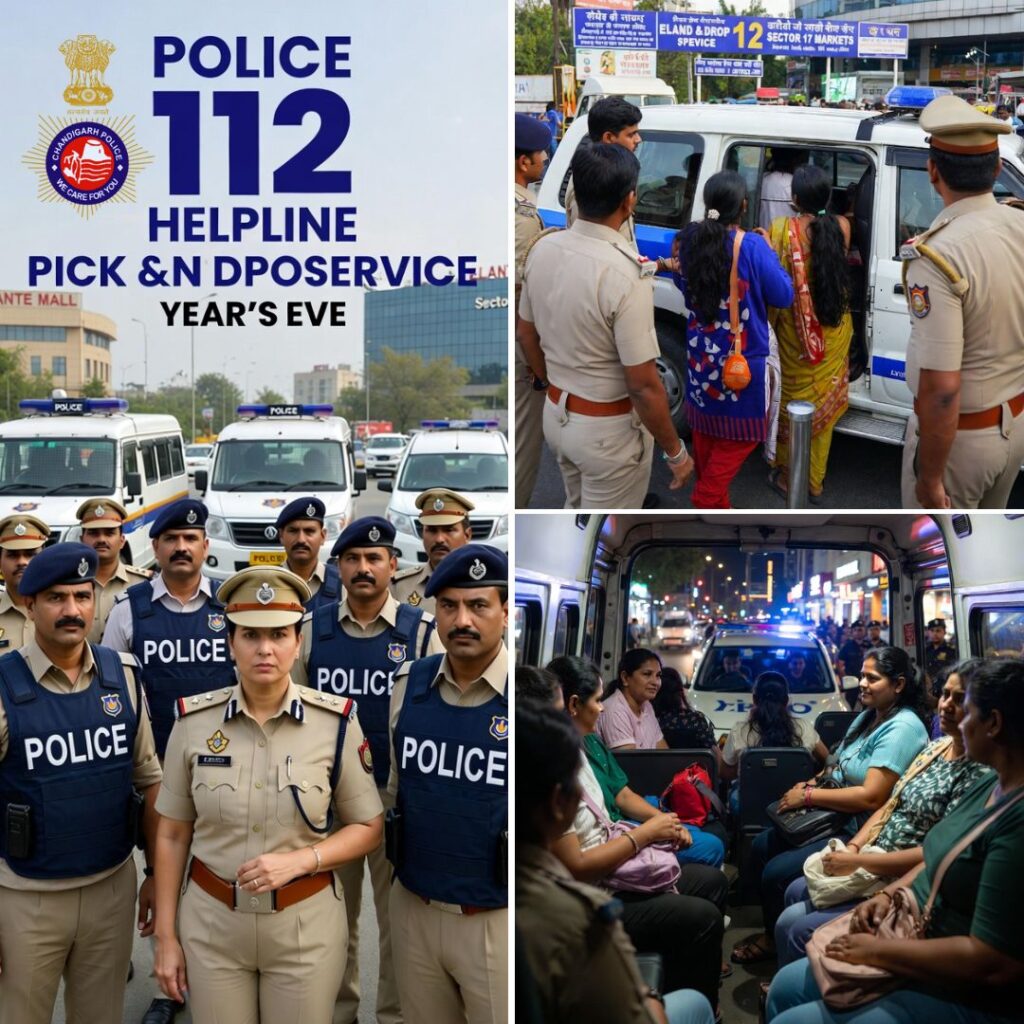The Swedish-British pharma major AstraZeneca in partnership with the University of Oxford on Monday reported robust efficacy of up to 90% for the jointly developed COVID-19 vaccine candidate, AZD1222. With this, the company becomes the third pharmaceutical firm to report promising vaccine news, following Pfizer and Moderna.
The announcement paves the way for the company and its Indian contract manufacturer, the Serum Institute of India (SII) to approach drug regulators in their respective countries for emergency licensure. SII plans to launch the vaccine under the ‘Covishield’ brand in India, and other low-and middle-income countries.
AstraZeneca and Oxford experimented with two different dosing regimens, where, one led to 90 per cent efficacy when the half dose was administered followed by a full dose a month later. The second regimen showed 62 per cent efficacy when two full doses were given a month apart. The average efficacy was 70 per cent.
While the trails continue and researchers search for an explanation on why the lower dosage works better, the results allow Astrazeneca and SII to approach drug regulators for an emergency licence. But, how long the immunity would last after vaccination is yet to be answered.
1)Efficacy across all age groups: The preliminary results of the trials conducted showed that the vaccine works across all age groups including the elderly. The preliminary data also shows that the vaccine is better at tackling asymptomatic infection as well. Both of these aspects are seen as big advantages over the initial trial results put out by the Pfizer-BioNTech combine and Moderna.
2)A lot easier to store and distribute:The Astrazeneca-Oxford candidate can be stored up to normal fridge temperatures, which means it can be distributed and administered cheaper and faster to people. In contrast, the Moderna and Pfizer-BioNTech vaccines must be stored and transported at negative 20-80 degrees Celsius.
3)Much cheaper:While Pfizer’s vaccine costs about $20 a dose, and Moderna’s is upwards of $25, there is a possibility that the AstraZeneca-Oxford vaccine could get even cheaper. Evidently, Astrazeneca has pledged it won’t make a profit on the vaccine and has reached agreements with governments and international health organisations such as Gavi that pegs its cost at about $2.50 a dose.
4)Could be first to reach Indians:Serum Institute of India’s Covishield, which is being produced “at-risk” is a variant of AZD1222 and is currently undergoing late-stage human trials in India on 1,600 participants. If everything works well, then this could be first among the vaccines that could be used to inoculate Indians.
No serious safety events related to the vaccine have been confirmed by Astrazeneca yet. The most common side-effects observed are temporary injection site pain and tenderness, mild-to-moderate headache, fatigue, chills, feverishness, malaise and muscle ache. These symptoms occurred less frequently after a second dose and could be treated with paracetamol and other painkillers if need be.
The Serum Institute of India (SII) plans to produce over a billion doses, but not all of it will be for Indians. Adar Poonawalla, CEO, SII has committed to reserve half of the doses for use in India. The vaccine which is undergoing phase 2 and 3 trials in India may be launched in January under the ‘Covishield’ brand.
The government has come up with a priority group list where healthcare workers, including doctors, nurses, and paramedics will be the first among others to get the vaccine followed by other front line workers like essential service providers. This will be followed by groups with a high risk of mortality like the elderly and so on.
The rest of the population may expect the vaccination drives by early March 2021.
As many as three vaccine candidates are expected to be launched after January. Bharat Biotech, whose vaccine is currently in phase 3 trials, is expected to be the second vaccine to be launched, by March or April 2021. Russia’s Sputnik V, based on the human adenovirus platform is expected around April 2021. The Indian company, Zydus Cadila is also expected to launch its three-dose DNA plasmid vaccine soon.
Now does this mean that COVID-19 can be held in check? We will have to wait and watch!
Also Read:’Adani Has No Prior Experience In Managing Airports’: Kerala Moves SC Against Leasing Of Thiruvananthapuram Airport











